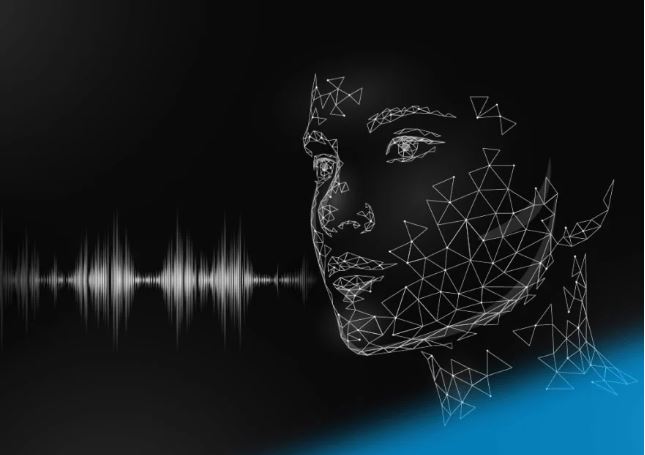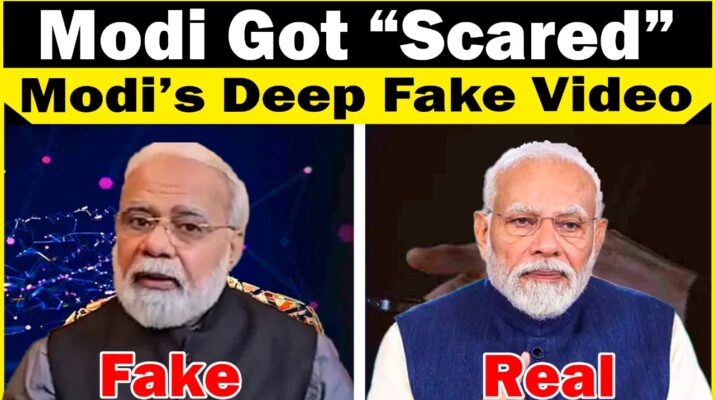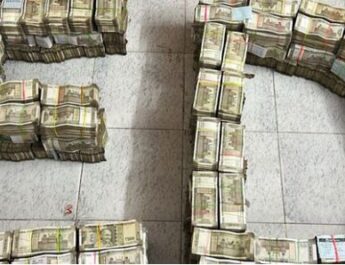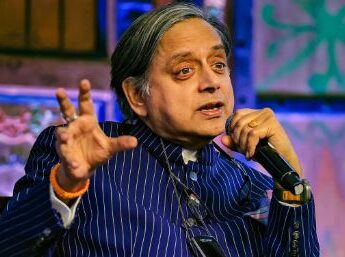Deep Fake Problem, Provision for punishment
Deep Fake: Prime Minister Narendra Modi has described deep fake technology as dangerous. He said on Friday (November 17) that in a video I have been shown singing a Garba song, and many such videos are available online. Modi also said that deepfakes are a threat to the digital age. It is important to understand how Artificial Intelligence (AI) works, as it can be used to deliberately spread misinformation or with malicious intent. The Prime Minister said these things during the Diwali Milan program at the BJP headquarters. The Prime Minister appealed to the media to tell people about the negative effects of AI so that the spread of wrong and harmful content could be stopped. What is Deepfake AI? Deep Fake Problem, Punishment for Deep Fake.
What is deep fake?
In today’s digital era, many times wrong news and misleading information are being spread to the people with the help of the internet. Similar videos are also distributed. This is called deepfake. In this, it is very difficult to identify real and fake. Artificial Intelligence technology (AI) and machine learning software are used in this.
Deepfake AI is a type of artificial intelligence used to create convincing images, audio, and video fakes. The term describes both the technology and the resulting fake content and is a portmanteau of deep learning and fake.
Deepfakes often transform existing content, replacing one person with another. They also create entirely new content where someone does or says something they didn’t do or say. India Myanmar: Are Myanmar’s Rebels Trying To Control The Border With India?
The biggest danger posed by deepfakes is their ability to spread false information that appears to come from trusted sources. In 2022, for example, a deep fake video was published in which Ukrainian President Volodymyr Zelenskyy called on his troops to surrender.
Concerns have also been raised that they could interfere in elections and carry out election propaganda. Although deepfakes pose a serious threat, they also have legitimate uses, such as audio and entertainment applications for video games and applications for customer support and call answering, such as call forwarding and reception services.
Using these, a converted copy of media files such as photos, audio, and videos is created, which looks exactly like the original file. In simple language, deepfake is an advanced form of morph video.
In deepfake, with the help of Artificial Intelligence technology (AI) and machine learning software, the fake is shown as real.
How can you identify deepfake videos and audio?
- Unnatural eye movements
- Mismatches in color and lighting
- Compare and contrast audio quality
- Strange body shape or movement
- Artificial facial movements
- Unnatural positioning of facial features
- Awkward posture
- Verify before you share
- Stay informed
- Use AI detection tools if possible
Provision for punishment for creating and spreading deep fakes
The central government has made it clear that creating and spreading deepfakes can result in a fine of Rs 1 lakh and three years in jail.
Election 2023: Congress And BJP Are Promising To Give ‘Bonus’
The deep fake video of Rashmika and Kajol created an uproar
Recently, a video of actress Rashmika Mandanna and Kajol went viral on social media. First, a deepfake video of Rashmika Mandanna came, in which Rashmika’s face was morphed neatly into the face of an influencer using AI technology. Then Kajol’s video came, in which she was seen changing her dress.
According to fact-checking platform BOOM, this video is not of Kajol, but of some social media influencer. It was uploaded on social media in June 2023 under the ‘Get Ready With Me’ (GRWM) trend.





